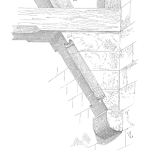
Given the reliability goal for a system, we often need to understand the reliaility goals for elements within the system. It is a balance between safety, cost, and performance. This short video discussed how to approach allocating reliability goals within a complex system.
[Read more…]











